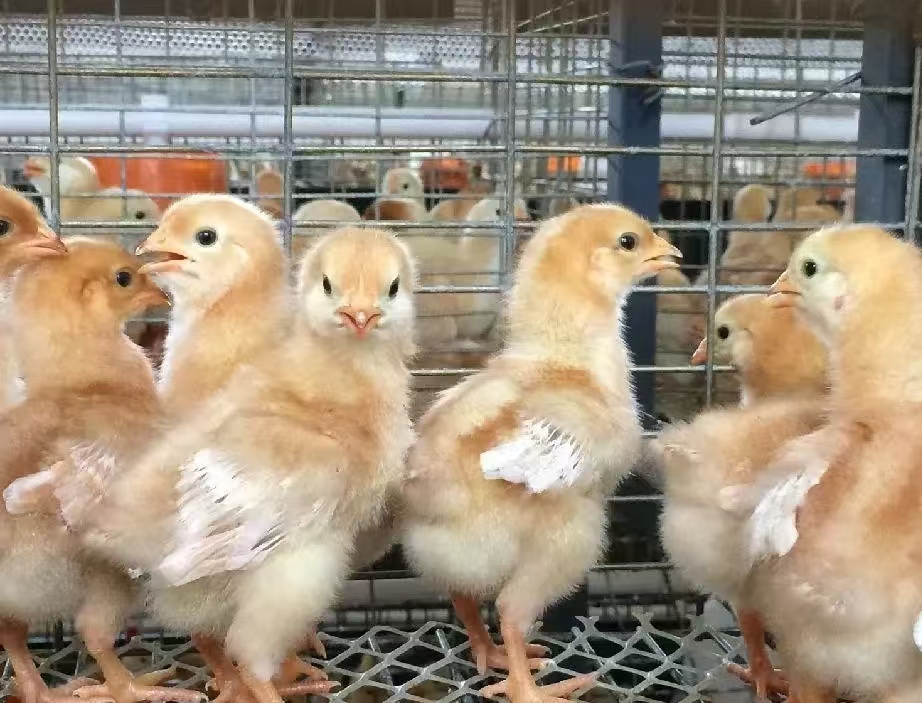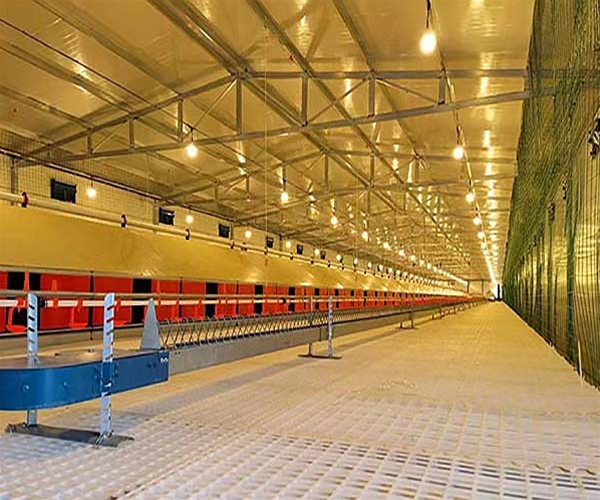In modern farming, choosing the right cage system is crucial for productivity and animal welfare. Brooder cages and layer cages are the most common types of cages used, but they differ in design and function. This article will compare brooder and layer cages, helping you choose the right cage for your farm.
1. What Are Brooder Cage and Layer Cages?
- Brooder Cages: These cages are designed for chicks (newly hatched birds). They provide a safe, warm environment for chicks during their early growth. Farmers usually use single or multi-level brooder systems, with temperature control and automatic feeding and watering systems.
- Layer Cages: These cages are designed for adult laying hens. Their main purpose is to allow hens to lay eggs in a secure, comfortable environment. Farmers usually use compact, multi-tiered layer cages, which make egg collection easy.
2. Function and Purpose
(1) Brooder Cage
Farmers design brooder cages to provide an optimal environment for chicks. Their main functions include:
- Providing Comfort and Space: Brooder cages give chicks enough space to move and grow.
- Controlling Temperature: Chicks need a warm environment. Brooder cages include systems that maintain the right temperature.
- Feeding and Watering Automatically: Brooder cages often have automatic feeders and waterers, making care easier.
- Maintaining Cleanliness: Brooder cages keep the environment clean and dry, reducing disease risks.
(2) Layer Cages
Farmers design layer cages to improve egg production. Their main functions include:
- Providing Compact Space: Layer cages maximize space, allowing farmers to keep more hens in a smaller area.
- Collecting Eggs: These cages include egg collection areas, making it easy for farmers to collect eggs and reduce breakage.
- Increasing Production: The compact design keeps hens focused on laying eggs, improving productivity.
- Ensuring Safety and Health: Layer cages reduce fighting between hens, ensuring a safer environment.
3. Structural Differences
Brooder and layer cages have different structures, mainly in the following aspects:
- Space Design: Brooder cages offer more space for chicks to grow, while layer cages are more compact for adult hens.
- Tier Design: Brooder cages are usually single-tier or low-tier, while farmers often use multi-tiered layer cages to maximize space.
- Egg Production Design: Layer cages include egg collection systems, while brooder cages don’t need such features, as chicks do not lay eggs.
- Bottom Design: Farmers design layer cages with slanted bottoms to help eggs roll into the collection area. Brooder cages have flat bottoms to provide stability for chicks.
- Feeding System: Brooder cages often come with automatic feeding and watering systems, while layer cages have simpler feeders and drinkers.
4. Feeding and Management Needs
(1) Brooder Cage Management
- Feeding: Farmers must monitor temperature, humidity, and feeding amounts in brooder cages. Chicks need extra care.
- Cleaning: Farmers need to clean brooder cages regularly to keep the environment clean, as chicks produce more waste.
(2) Layer Cage Management
- Feeding: Layer cages are easier to manage, with automatic systems that provide food and water to hens.
- Cleaning: Cleaning is still important, but farmers find layer cages easier to maintain due to their compact design.
5. Economic Value and Return on Investment
- Brooder Cage ROI: Brooder cages have higher initial costs, but they ensure healthier chicks. Healthy chicks lead to better egg production in the future.
- Layer Cage ROI: Farmers get a faster return on investment with layer cages. They maximize egg production and reduce space and labor costs.
6. Summary
Though both brooder and layer cages are essential in modern farming, their designs, functions, and management needs differ. Brooder cages focus on creating a healthy environment for chicks, while layer cages are designed to maximize egg production. Farmers design brooder cages with flat bottoms to ensure chick stability, while they design layer cages with slanted bottoms to collect eggs.
Choosing the right cage depends on your farm’s needs, scale, and budget. If your farm is focused on raising chicks, brooder cages are ideal. When your farm shifts to egg production, layer cages will help you maximize output and space.
Both types of cages help farmers improve productivity and efficiency, ensuring healthier animals and higher returns on investment.Explore our beginner’s guide on how to start with automated egg layer farming and take your poultry business to the next level.


